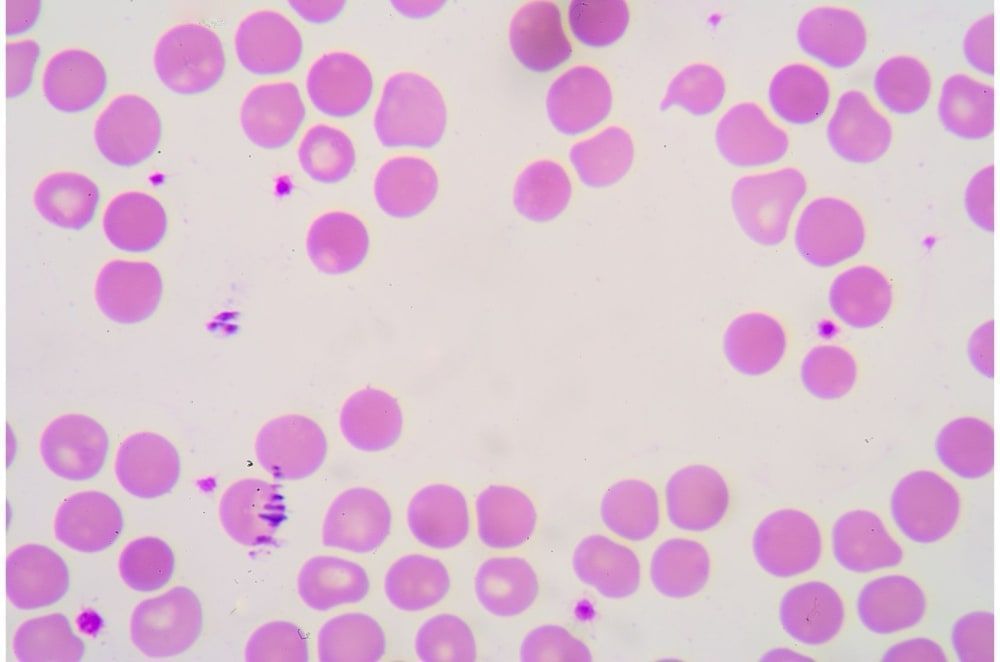Anisocytosis: Causes, Diagnosis, Treatment & More

What is Anisocytosis?
Anisocytosis is the situation in which the red blood cells (RBCs) are of unequal size. Aniso refers to unequal, whereas cytosis means movement, number, and features of cells. Hence, anisocytosis meaning is a distortion in the size of red blood cells.
The term is non-specific as there can be various reasons for which cells are of different sizes. It can either be larger or smaller than the normal size. Generally, anisocytosis is due to anemia in most women.
Anisocytosis Types
The types of anisocytosis depend on the size of the red blood cells:
- Anisocytosis with microcytosis: It occurs when the size of RBCs is smaller than the usual size, generally due to iron deficiency or sickle cell anemia.
- Macrocytosis: It occurs when the size of RBCs is larger than the usual size, a common type of anisocytosis.
- Normocytic anemia: It is the situation when a person, despite a normal RBC size, has a low amount of RBCs.

Symptoms of Anisocytosis
Irregularity in the size of RBCs means that the oxygen distribution in the body is inefficient. In other words, there is a distortion in the oxygen supply to the blood cells. Be it mild anisocytosis or a severe one, some common symptoms include:
- tiredness and fatigue
- breath shortness
- headache
- dizziness
- pale skin
- chest pain
- weakness
However, anisocytosis is the major symptom of many blood disorders in women.
Anisocytosis Causes
Anemia is the most common reason for anisocytosis in women. If a woman suffers from anemia, RBCs fail to carry enough oxygen, which the body tissues need. Such a prolonged condition causes irregular RBCs, leading to anisocytosis and poikilocytosis.
The common types of anemia that lead to irregularity in RBC size are:
- Sickle cell anemia
- Megaloblastic anemia
- Iron deficiency anemia
- Pernicious anemia
- Thalassemia
- Autoimmune hemolytic anemia, etc.
Other disorders or body conditions causing anisocytosis include:
- Chronic liver disease
- Menstruation or pregnancy
- Thyroid disorder
- Lack of Vitamin C and iron in the diet
- Infections or intestinal problems, etc.

Diagnosing Anisocytosis
Generally, doctors diagnose anisocytosis normal range through a blood smear. It is a blood test that checks abnormalities in blood cells. The experts take the blood samples and spread them on different microscope slides to check for any abnormalities in the blood cells.
They check the size and shape of RBCs. If there’s a diagnosis of anisocytosis, experts conduct further tests to find out the cause behind the unequal size of RBCs. Apart from blood smear, the other types of tests are:
- CBC or Complete Blood Count
- Vitamin B12 test
- Serum iron level
- Ferritin test
- Folate test
Doctors also consider the family medical history before deciding on treatment options.
Anisocytosis Treatment
Whether it is mild or hypochromic anisocytosis, the treatment depends on the cause of the disorder. For instance, if anisocytosis is due to anemia or lack of iron, Vitamin B12, or folate, doctors recommend taking supplements and increasing the intake of vitamins in the diet.
However, in severe conditions like thalassemia or sickle cell anemia, one needs frequent blood transfusions. Similarly, in myelodysplastic syndrome, the anisocytosis treatment is a bone marrow transplant.
Anisocytosis in Pregnancy
Iron deficiency anemia is the prominent cause of anisocytosis in pregnancy. Hence, a lack of iron intake by pregnant women may lead to changes in the RBC size. Generally, it is dangerous for the fetus as it denotes a lack of oxygen supply to the blood cells.
If not diagnosed earlier, it may lead to extreme weakness, tiredness, and even severe complications, like the risk of preterm labor.

Anisocytosis and Poikilocytosis
Anisocytosis is a medical condition wherein there is a variance in the size of RBCs. But, poikilocytosis is the variance in the shape of RBCs. Although causes are few for both, a blood smear diagnoses the cause behind anisocytosis and poikilocytosis.
Anisocytosis Normal Range
It is a condition wherein, despite normality in the size of RBC, the total amount of RBC in a body alters.
Prevention
Whatever be the anisocytosis causes, some preventive measures might ease the overall treatment process:
- Improvement or changes in your lifestyle may help you avoid this blood disorder.
- One should thoroughly evaluate their diet and take a sufficient amount of iron and vitamins.
Although anisocytosis is not life-threatening, one should follow some preventive measures. The overall diagnosis and treatment depend on the cause of this disorder.

